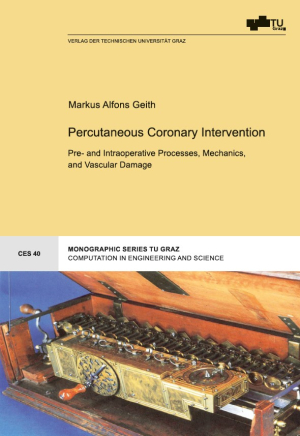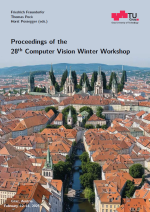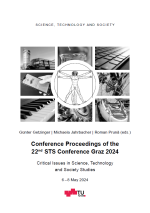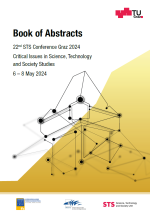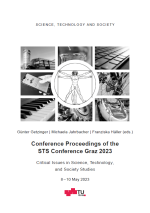After percutaneous coronary interventions (PCI) with stenting, in-stent restenosis (ISR) continues to occur frequently. As the extend of ISR increases with the severity of the induced damage, stents and balloon catheters must be optimized to minimize vascular injuries during PCI. The finite element method (FEM) is a helpful tool capable of calculating and visualizing harmful stresses and deformations within the arterial wall. The accuracy of FEM simulations can be increased considerably if detailed geometries and suitable constitutive models are implemented, and prevailing contact and boundary conditions taken into account.
This thesis provides a scientific basis for more precise FEM simulations of PCI by presenting novel insights into three research topics: (i) in a computational study, the effect of production steps on the expansion behavior of balloon catheters and stents was analyzed; (ii) in the second study, the mechanical properties of balloon catheter membranes were investigated and a suitable constitutive material model developed; (iii) finally, stent-induced vascular damage could be quantified by simulating the loading scenario of PCI in vitro, measuring the mechanical response of the arterial wall, and analyzing the tissue’s microstructure.

